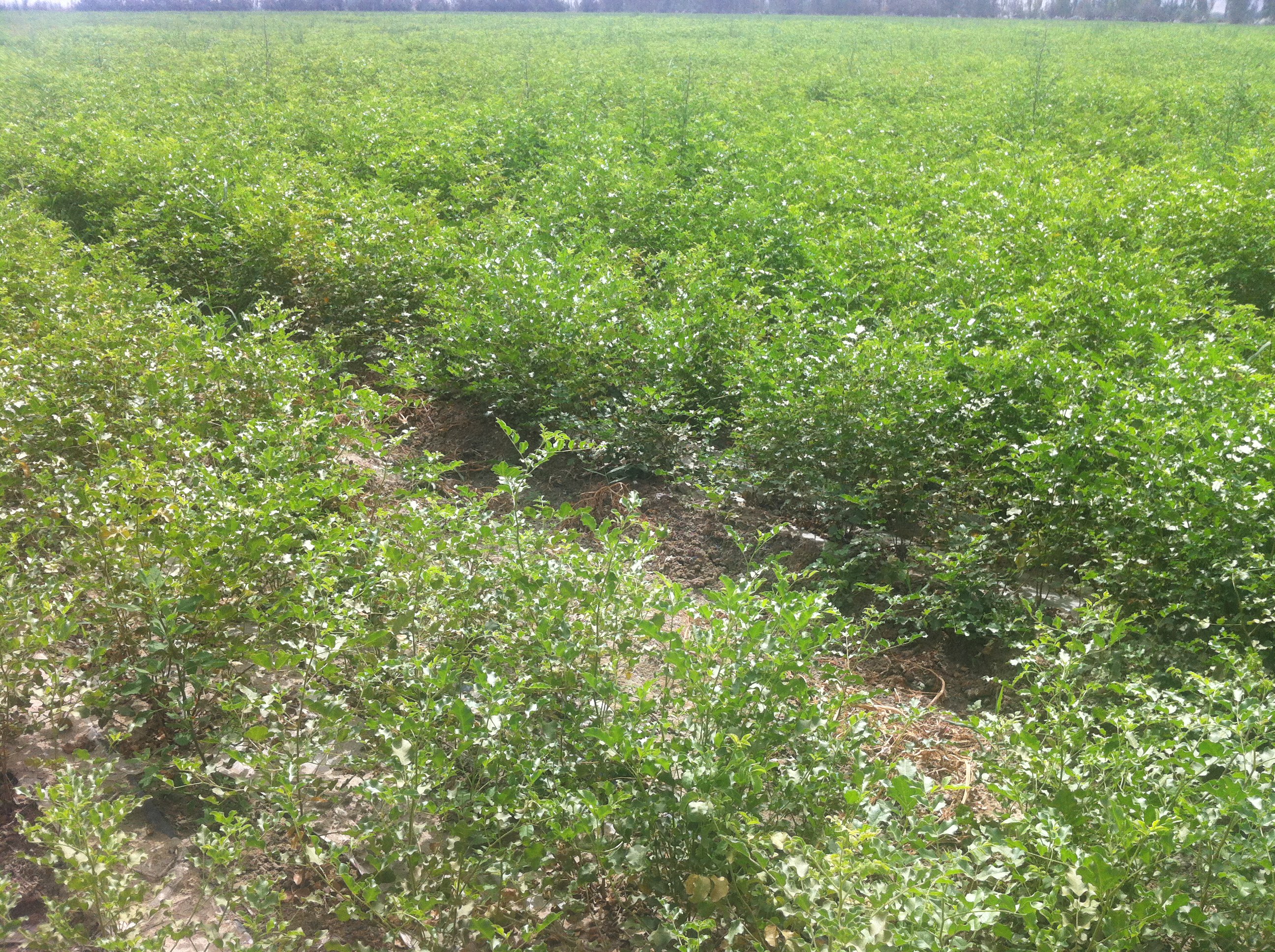Glycyrrhiza uralensis seed
Fabaceae/Leguminosae: a perennial to 60cm with strong rhizomes. Found in meadows, riparian woodlands and solonetzic slopes. The flowers are racemes of purple, pea like flowers. Blooming from June-August. The leaves are divided into 9–17 leaflets. Native to East Asia – china, Japan, and Siberia.
USES:
The fibrous root is used as a sweetener for foods. It is boiled in water to extract the sugars and used as a liquorice substitute in sweets, medicines, and drinks. The root contains glycyrrhizin, which is 50 times sweeter than sugar.
Glycyrrhiza uralensis is commonly used in chinese herbalism, where it is one of the 50 fundamental herbs. It is second in importance only to ginseng (Panax spp.). The root is a sweet tonic herb that stimulates the corticosteroidal hormones, neutralizes toxins and balances blood sugar levels. It also contains antibacterial, anti-inflammatory, antiphlogistic, antispasmodic, antitussive, cholagogue, demulcent, emollient, expectorant and laxative properties. It is used internally in the treatment of Addison’s disease, asthma, coughs and peptic ulcers. Externally, it is used to treat acne, boils and sore throats.
GROWING INFORMATION:
Pre-soak the seed for 24 hours in warm water and then sow spring or autumn in a greenhouse. Prick out the seedlings into individual pots when they are large enough to handle, and grow them on for their first winter in a greenhouse. Plant out in late spring or early summer when in active growth.
Requires a deep well cultivated fertile moisture-retentive soil for good root production. Plants prefer a sandy soil with abundant moisture. Slightly alkaline conditions produce the best plants. Plants are hardy to at least -15°C. This species is widely cultivated in China as a medicinal plant. Unless seed is required, the plant is usually prevented from flowering so that it puts more energy into producing good quality roots.

